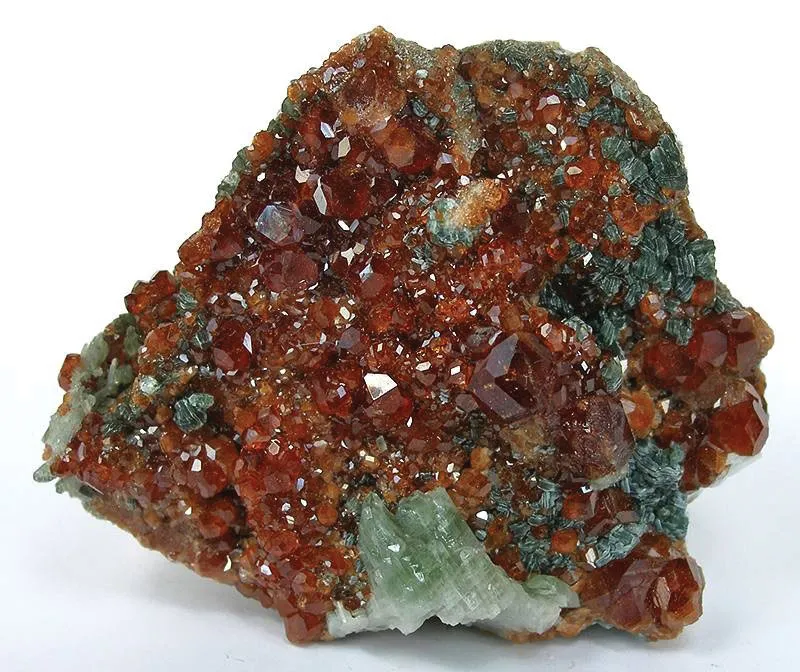
Appearance
Hessonite comes in a variety of hues, ranging from reddish-brown to orange-brown. Some samples even have a purplish or reddish hue. It is classified as moderately hard on the Mohs scale, with a hardness of 6.5 to 7.5. It is crucial to remember that hessonite is more prone to scratches and abrasions than other gemstones due to its possible lower hardness. The gemstone has a vitreous to resinous luster, which means that when it is polished, it looks shiny or somewhat waxy.
Geographical Distribution
Hessonite garnet can be found all over the world. Among the notable sources are Tanzania, India, Brazil, and Sri Lanka. These are only a few locations where hessonite garnet is found; other locations include Madagascar, Myanmar (Burma), and the United States, notably Arizona and California.
History
The value of hessonite goes over thousands of years. The stone was utilized by the ancient Greeks and Romans for cameo and intaglio items, as well as jewelry. There is a confusion between hyacinth, the orange zircon variant, and hessonite. Hessonite differs from zircon in that it has a significantly lower density.
Metaphysical Properties
It is believed that wearing a two-carat or larger hessonite garnet will extend one’s life and provide prosperity and success. Remarkably, garnet is well recognized as a gemstone linked to prosperity, particularly in the business world.

Chemical Composition
The chemical formula for hessonite, a kind of grossular garnet, is Ca3Al2(SiO4)3. It is a member of the silicate mineral family.
Types
As a variant of grossular garnet, hessonite garnet lacks designated varieties. But within the range of hessonite gemstones, it can show variances in color and transparency, giving it a variety of looks. The following are important details about sources and variations of hessonite:
Color Variations:
The color spectrum of hessonite garnets ranges from reddish-brown to orange-brown. Some stones have a deeper tone than others, and the strength and hue of the color might differ. Furthermore, certain specimens could be reddish or purplish in color.
Transparency:
There are several shades of transparency that hessonite garnets can display, from translucent to transparent. Because of inclusions or other elements, certain stones may appear more translucent than others.
Uses
Here are some common uses of hessonite:
- Jewelry: Hessonite garnet is frequently used in jewelry, especially in bracelets, earrings, pendants, and rings with gemstones. Warm reddish-brown to orange-brown colors make it a desirable option for anyone looking for distinctive and striking gemstone jewelry. Hessonite’s color and luster can be highlighted by cutting it into cabochons or faceted pieces.
- Astrological and Spiritual Purposes: Rahu is connected to hessonite garnet, which is significant in Vedic astrology. It is thought to have metaphysical qualities that can both augment and balance the energies associated with Rahu. As a result, astrology enthusiasts may wear or store hessonite jewelry in their homes as a talisman or for spiritual reasons.
- Collecting and Gemstone Enthusiasts: Like other gemstones, hessonite garnet is sought after by collectors and enthusiasts because of its distinct color, transparency, and metaphysical associations. Some collectors specifically look for unique qualities and uniqueness in hessonite.
- Ornamental and Decorative Use: Because of its beautiful appearance, hessonite garnet can also be utilized ornamentally. It can be added to sculptures, inlays, or decorative items to give them a touch of individuality and natural beauty.
Table





